Tchiroma’s predicament is a microcosm of Cameroon’s unresolved political question. The architecture of authoritarian resilience, constructed in 1992, remains intact. Those who once buttressed it cannot now pretend to be its victims without acknowledging their role in its creation.
By The Independentist Political Desk
Issa Tchiroma’s memory is painfully short. In 1992, the Cameroonian political establishment built an intricate machine designed to shield Paul Biya from genuine democratic competition. It was a system forged in the crucible of fear—fear of losing power to a surging opposition led by John Fru Ndi, and fear of dismantling the one-party state’s entrenched privileges. Tchiroma, then a loyal lieutenant, was not merely a spectator to this process; he was a pillar of that apparatus. He lent it legitimacy, defended it publicly, and benefitted from its spoils.
More than three decades later, Tchiroma now finds himself railing against the very structure he helped build. As the ruling clique closes ranks in the twilight of Biya’s era, Tchiroma has shifted from regime mouthpiece to internal dissenter. Whether this shift is driven by genuine disillusionment, personal ambition, or a sense of changing political winds, it reflects the complex reality of insiders navigating a system they once served. But one thing is certain: reform will not simply rain down from above. The network he once protected—the opaque alliances, the clientelist chains, the security apparatus, and the electoral theatre—has not dissolved with time. It has hardened.
The 1992 Blueprint
The year 1992 marked a turning point in Cameroon’s post-colonial history. Faced with the first real electoral challenge of his presidency, Biya unleashed a carefully choreographed plan. Through administrative manipulation, selective violence, and judicial complicity, the regime secured its survival. Tchiroma, then a key player, defended the results and rationalized the crushing of dissent. His subsequent elevation within the system was no accident; it was a reward.
This “1992 blueprint” became the template for every subsequent election: control the electoral commission, neutralize the courts, fragment the opposition, and maintain a loyal media chorus to drown dissenting voices. Tchiroma thrived in this ecosystem—becoming the regime’s bilingual apologist, the smooth-talking emissary who could sell repression in both French and English.
The Irony of the Rebel Insider
Today, Tchiroma’s critiques of the CPDM machine come with a sense of irony. He speaks of betrayal, marginalization, and manipulation—as if these were novel experiences. In truth, he is now confronting mechanisms that he once helped entrench. The system he now challenges is not malfunctioning; it is functioning exactly as it was designed. It was never built to accommodate dissent, only to absorb, neutralize, or crush it.
His political repositioning illustrates both the adaptability and vulnerability of long-time insiders. Having served as the regime’s mouthpiece during its most intense consolidations, Tchiroma now finds himself outside the inner circle. The security state he once defended watches him. The party networks he once manipulated bypass him. And the judicial and electoral mechanisms he once legitimized are now calibrated to silence his newfound defiance.
Legacy and Consequence
Tchiroma’s predicament is a microcosm of Cameroon’s unresolved political question. The architecture of authoritarian resilience, constructed in 1992, remains intact. Those who once buttressed it cannot now pretend to be its victims without acknowledging their role in its creation. But equally, their shifting positions reveal the internal tensions of a system entering a period of uncertainty.
As the post-Biya succession struggles intensify, Issa Tchiroma’s journey stands as a cautionary tale: you cannot build a political cage for others and expect to escape it when the winds change. History is merciless to those who confuse their temporary proximity to power with genuine influence. The machinery of 1992 has outlived many of its architects, and now, it turns inward.
The Independentist Political Desk





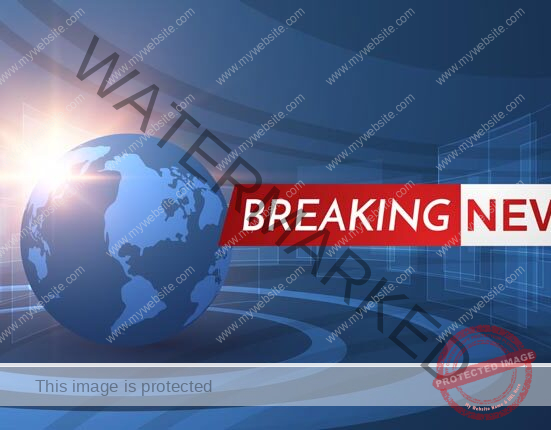

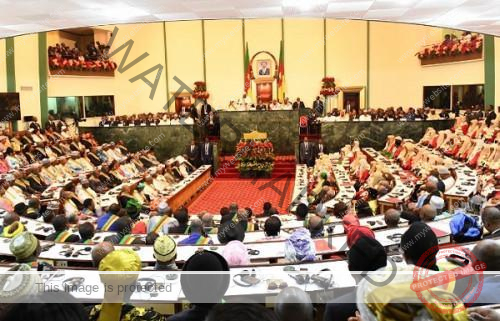





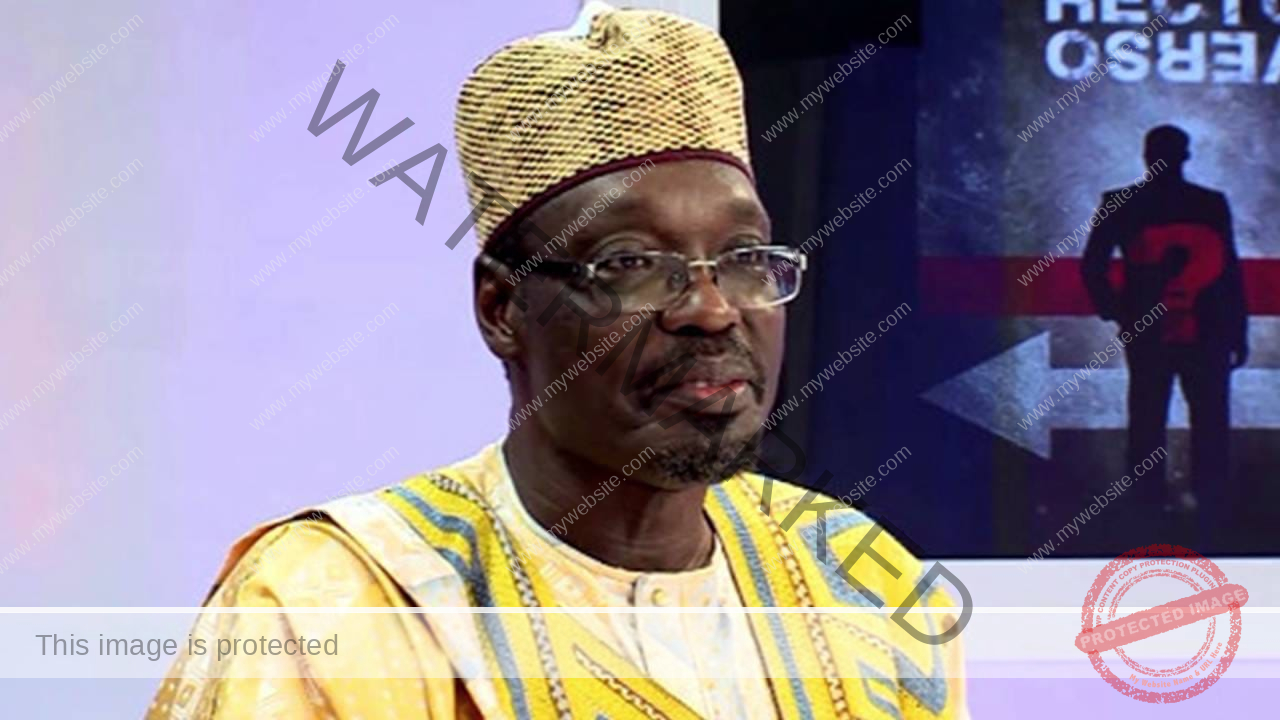
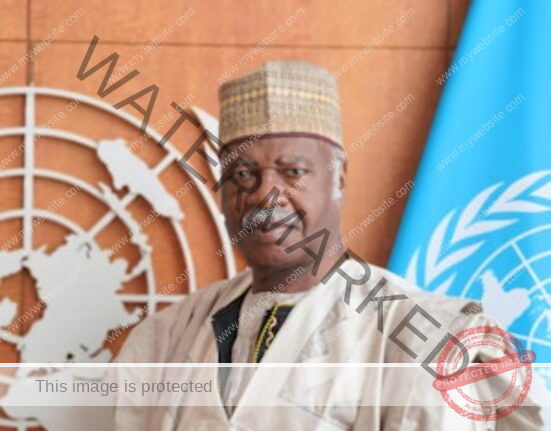
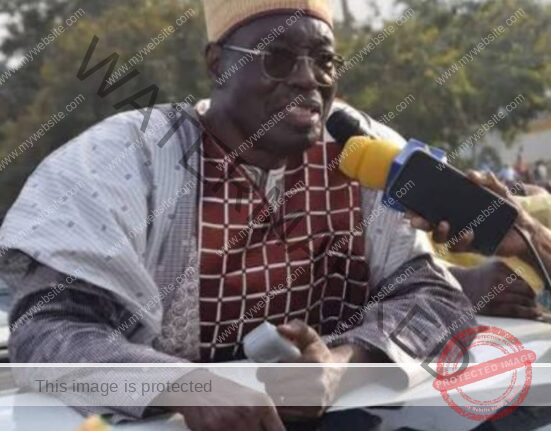
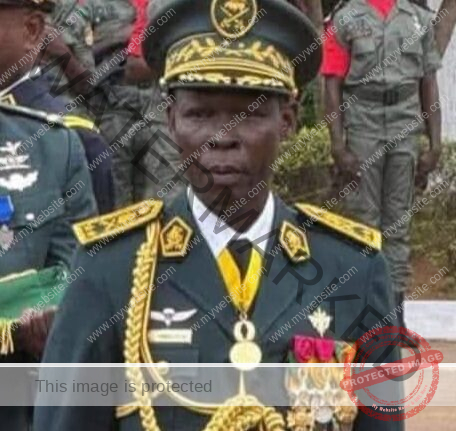
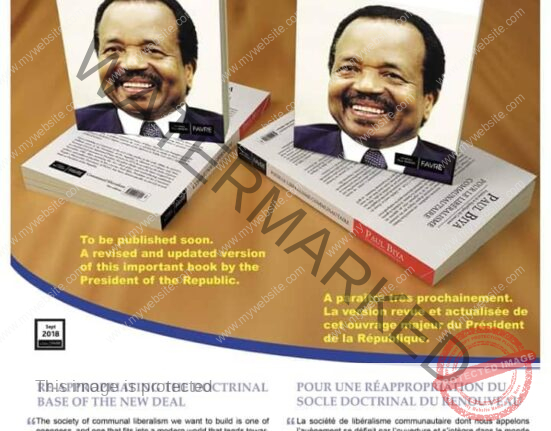
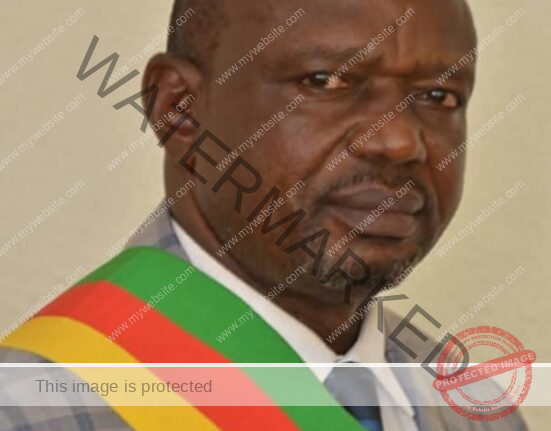
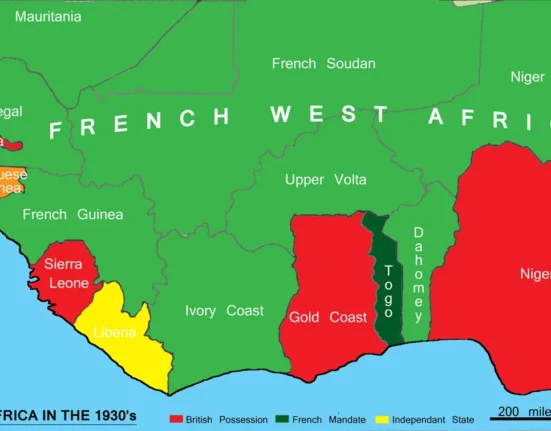

Leave feedback about this